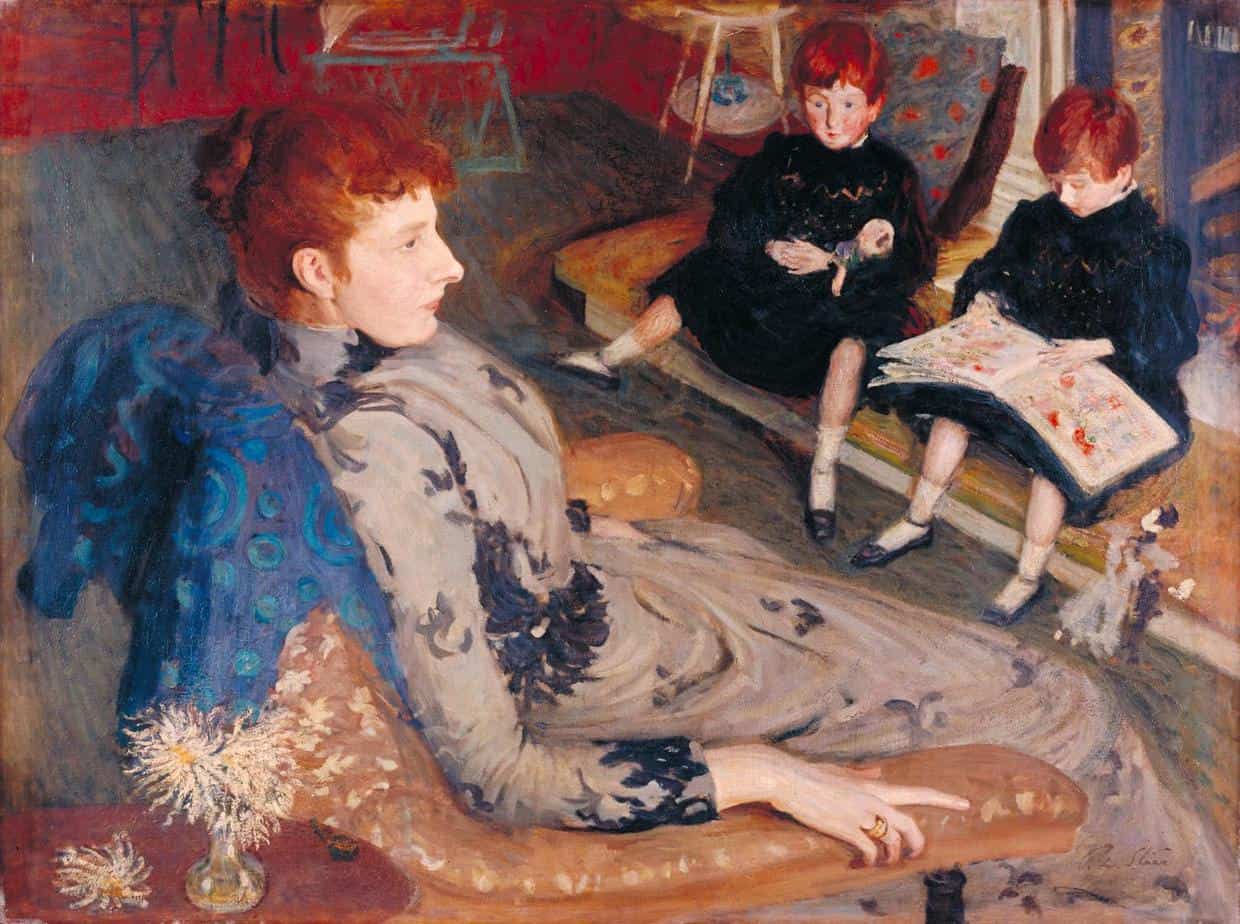A doppelganger is an apparition or double of a living person. It comes from German, and translates literally from ‘double walker’.
When storytellers create doppelgangers, they are often creating a sense of the uncanny. The uncanny is a feature of Gothic literature.
- Robert Colwan/Gil-Martin (The Private Memoirs and Confessions of a Justified Sinner: Written by Himself: With a detail of curious traditionary facts and other evidence by the editor by James Hogg 1824)
- “William Wilson” (a short story by American writer Edgar Allan Poe 1839)
- Jekyll/Hyde (Strange Case of Dr. Jekyll and Mr. Hyde, a Gothic novella by Scottish author Robert Louis Stevenson 1886)
- Dorian Gray (The Picture of Dorian Gray, a philosophical novel by Oscar Wilde 1890s)
- Destiel and Samifer (Supernatural TV series)
Nicholas Frankel on Oscar Wilde’s “The Picture of Dorian Gray”
Oscar Wilde’s The Picture of Dorian Gray was the novel that shocked, challenged, and inspired Victorian England with its tale of a beautiful young man who trades his soul, captured in a portrait, for eternal youth. I spoke with Professor Nicholas Frankel of Virginia Commonwealth University, whose biography Oscar Wilde: The Unrepentant Years, to see how one of the first true celebrities and his only novel changed the way we live in the world today.
New Books Network
4 MAIN TYPES OF DOPPELGANGERS IN FICTION
- A ghostly double of a living person, especially one that haunts such a person.
- An evil twin.
- A remarkably similar double; a lookalike. This kind of doppelganger is also known as a ‘twin stranger’.
- (fantasy) A monster that takes the forms of people, usually after killing them. The changeling is one such monster. Neil Gaiman’s Coraline is of the changeling tradition, as is Outside Over There by Maurice Sendak. Tales about changelings were collected by the Grimm brothers, for instance in ‘About A Woman Whose Child They Had Exchanged’. (Spoilers in the title, much?) This collection of links gives an excellent overview of the changeling mythology from Germany, and offers handy hints on what to do to prevent your newborn being swapped out for an ugly, crying one. (Get yourself a pair of men’s trousers. Masculinity fixes all kinds of woes, y’all.)
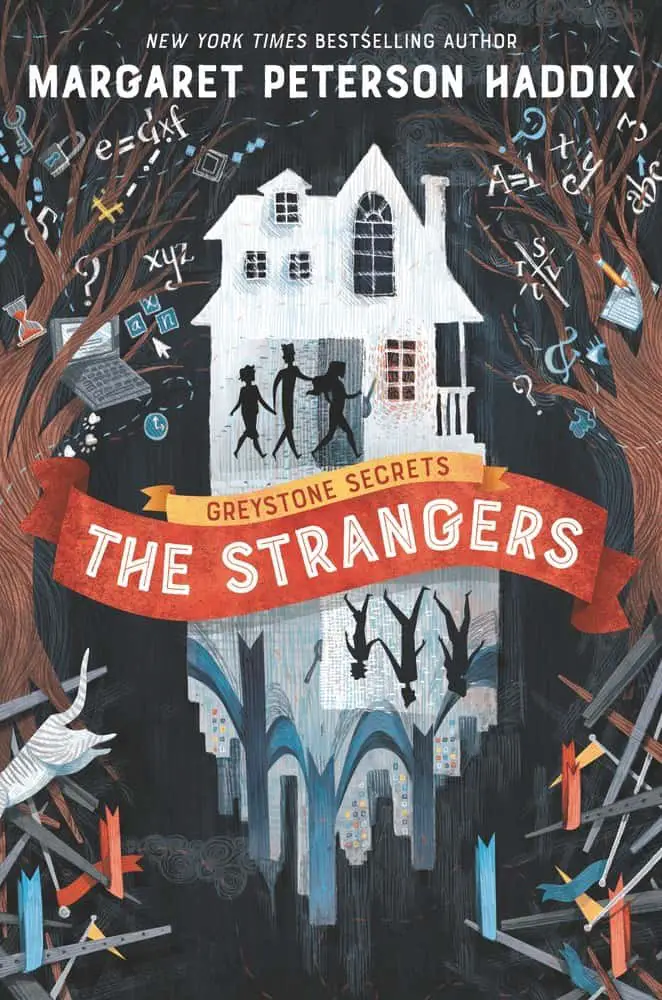
Told in alternating points of view from Chess, Emma, and Finn Greystone, Greystone Secrets #1: The Strangers is the beginning of a new page-turning adventure that examines assumptions about identity, family, and home, from the master of middle grade suspense.
What makes you you?
The Greystone kids thought they knew. Chess has always been the protector over his younger siblings, Emma loves math, and Finn does what Finn does best—acting silly and being adored. They’ve been a happy family, just the three of them and their mom.
But everything changes when reports of three kidnapped children—who share the same first and middle names, ages, and exact birth dates as the Greystone kids—reach the Greystone family. This bizarre coincidence makes them wonder: Who exactly are these strangers? Before Chess, Emma, and Finn can question their mom about it, she takes off on a mysterious work trip. But puzzling clues left behind lead to complex codes, hidden rooms, and a dangerous secret that will turn their world upside down.
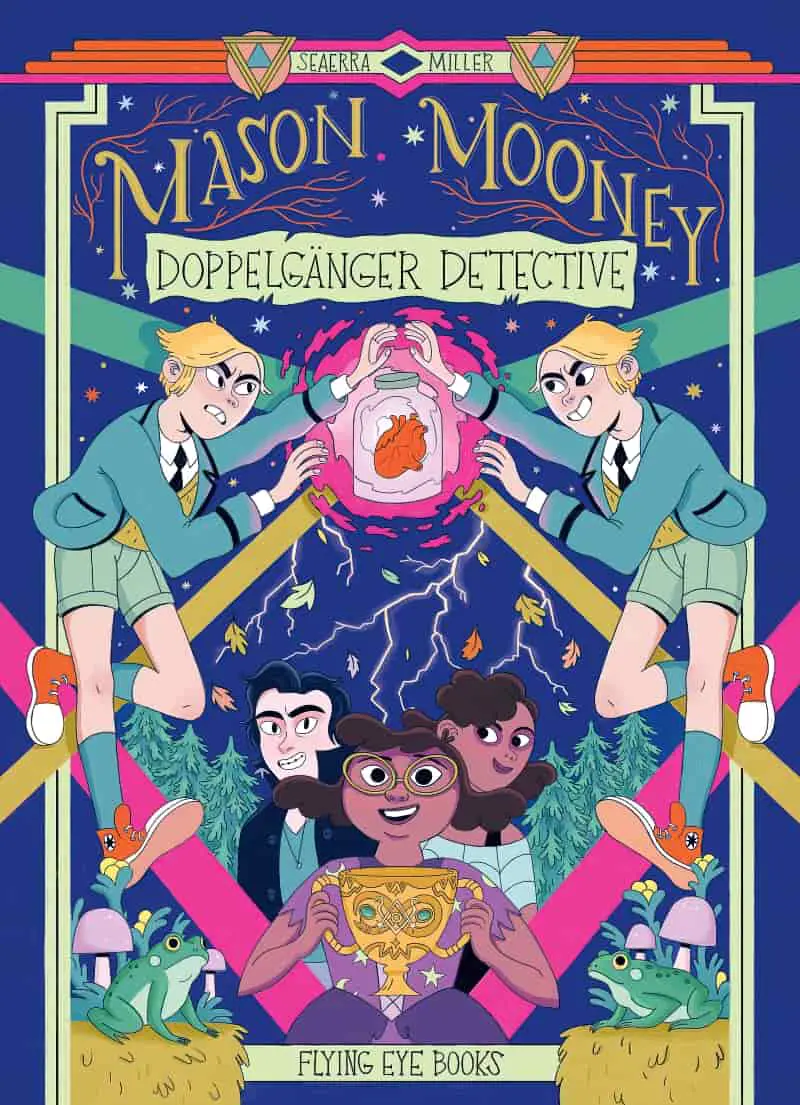
It’s Hallowe’en in Grimbrook, and that really means something here. It’s when the veil between our world and the world of the paranormal is at its thinnest. It’s the perfect time for Mason to go hunting for ghouls and phantoms, break a witch’s curse and don his best fancy dress for the school dance. When Mason spots something sinister in the gym, he knows he has to follow it and find out what’s going on.
DOPPELGANGERS AND MARGARET ATWOOD
When reading, look for characters which represent each other’s opposites. You’ll find doppelgangers in unusual ways. One character might represent fantasy, the other reality. A man/woman pair might highlight difference between male and female sexes.
An initial look at strangers in Wilderness Tips suggests that Atwood has set up groups of stories that tempt readers to analysis by particular currently fashionable literary theories. Critics have frequently found Atwood creating characters who are doubles of one another. For these critics, Atwood provides strangers who are also doppelgangers. Functioning as a self outside of the self, a stranger whose invasion of personal space sparks introspection and epiphany, is a key role of Ronette in “True Trash,” Molly in “Weight,” and Marcia in “Hack Wednesday.” […] Marcia in “Hack Wednesday” is her own double. She is a stranger to herself as past and present selves seem to exist simultaneously. […] Exploring the theme of the double in these stories could expand beyond traditional thematic criticism into psychological or feminist interpretations of the other self, with emphasis on how Atwood’s ideal of the creative non-victim emerges or fails to emerge in each case
Strangers Within the Gates: Margaret Atwood’s Wilderness Tips by Carol L. Beran
CHANGELINGS
Pre-industrial societies used changeling stories as a way of talking about childhood death. These stories were focalised via the viewpoint of the parents of the kidnapped child.
Victorian English changeling stories were romantic fairy stories. The focalising character changed to the kidnapped child themselves or its fairy substitute. These stories weren’t so much about the terror of childhood death but allowed people to explore ideas around the pleasures of childhood and its general strangeness.
In many of these stories the changelings took children who were unloved by their parents, so criticism was lobbed firmly at the parents e.g. “Cold Iron” by Rudyard Kipling and “The Changeling”, a poem by Charlotte Mew.
Victorians were upset that some people believed in the concept of changelings and were enacting violence hoping to kill the changeling and get their ‘real’ children back.
e.g. The real life murder of Bridget Cleary
“Children’s literature is full of representations of children who aren’t ‘real’ children, children who are fakes, counterfeits, frauds of some sort. In our contemporary culture, where the child has such an angelic status in many ways, we invest so much in our children…The counterfeit child he deals with in film and literature is a stand-in, a changeling child, a fake, a fraud, an adopted child or orphan in books and movies – any child a parent did not expect to raise, Bruhm explained. The ‘counterfeit child’ is the notion children are not as innocent as they seem, and they, in fact, know more about the world than adults perceive them to.”
Steven Bruhm

Mythology around changelings is an outworking of what we would now call post-natal anxiety or depression. There’s a fairly common (and completely unexpected) disconnect between the expectation and reality of new motherhood. Separately, babies are hard work. Throughout history, mothers must have asked, “Did I really give birth to that?”
WHY DID SUPRANORMAL CREATURES SWAP THEIR OWN BABIES FOR HUMAN ONES?
So, supernatural beliefs don’t always come with ‘reasons’, but there is a reason why trolls and whatnot were so keen on getting rid of their own babies and taking human ones in exchange.
It was believed that a human baby could enjoy eternal life after death if baptized. Resurrection begins with baptism. An unbaptized person/baby could not enter Heaven. You know who else doesn’t get an entry ticket? Trolls and fairies and so on. If a troll or a fairy wants their own offspring to have a chance at Heaven, there’s only one thing for it: Switch out their own baby with a human one. If the plan works, the troll baby will be baptized.
It’s not that trolls and fairies don’t care about their own babies; the inverse is true. They’re willing to hand their own offspring over for a chance at eternal life. They also give their babies a chance to become human, since people believed that baptism was a humanising process. Baptism involves the death of the old self, removing the sins of the old.
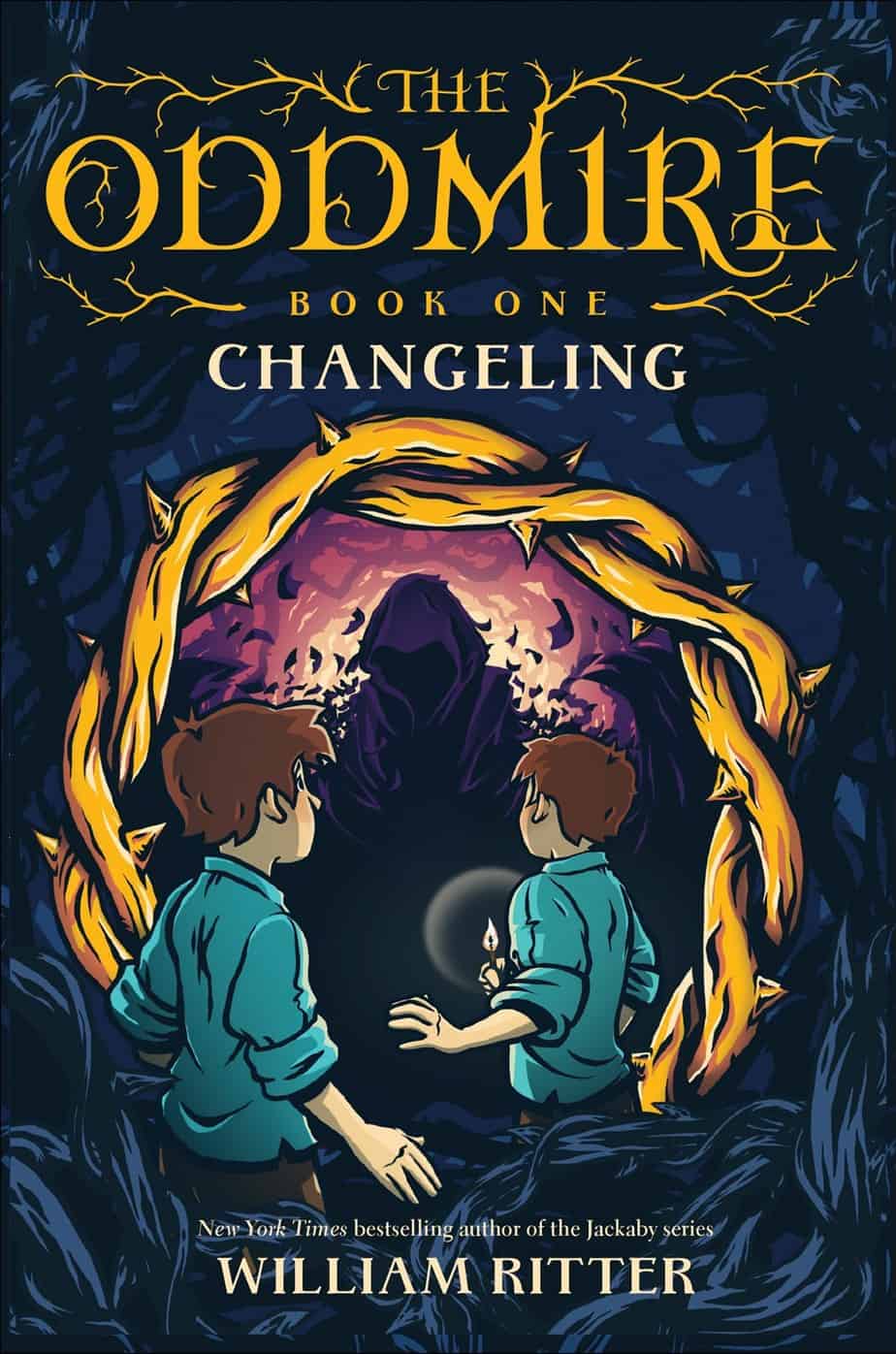
Magic is fading from the Wild Wood. To renew it, goblins must perform an ancient ritual involving the rarest of their kind—a newborn changeling. But when the fateful night arrives to trade a human baby for a goblin one, something goes terribly wrong. After laying the changeling in a human infant’s crib, the goblin Kull is briefly distracted from his task. By the time he turns back, the changeling has already perfectly mimicked the human child. Too perfectly: Kull cannot tell them apart. Not knowing which to bring back, he leaves both babies behind.
Tinn and Cole are raised as human twins, neither knowing what secrets may be buried deep inside one of them. Then when they are twelve years old, a mysterious message arrives, calling the brothers to be heroes and protectors of magic. The boys must leave behind their sleepy town of Endsborough and risk their lives in the Wild Wood, crossing the perilous Oddmire swamp and journeying through the Deep Dark to reach the goblin horde and discover who they truly are.
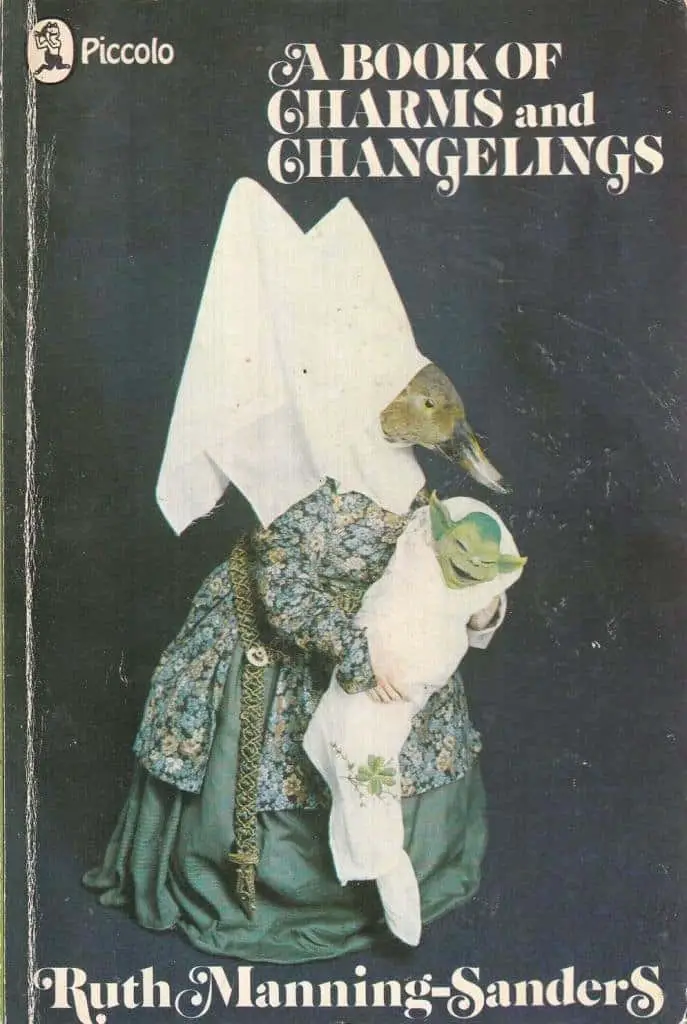
DOPPELGANGERS IN PICTURE BOOKS
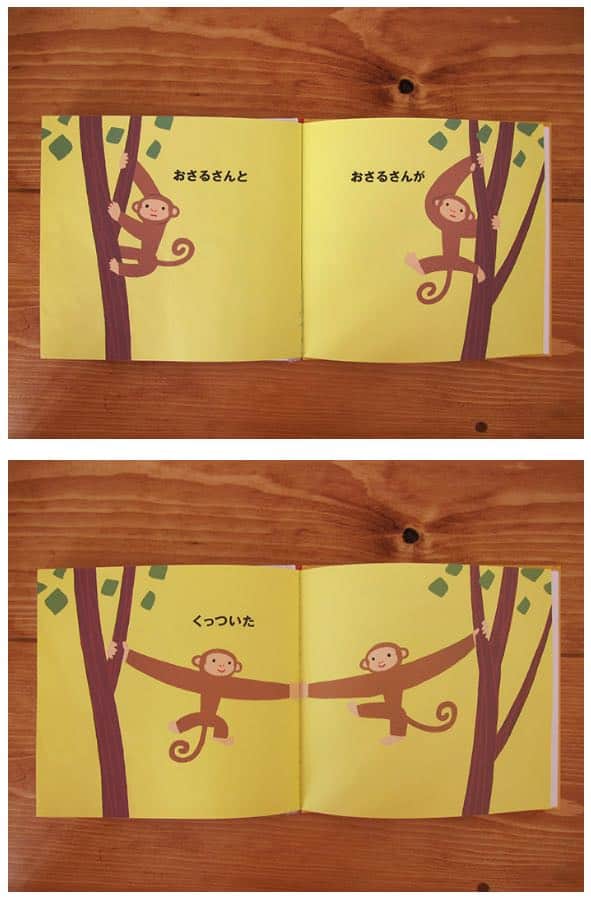
Our picture book app Hilda Bewildered makes use of a doppelgänger, who may or may not exist in the real life of the story. The purpose? To demonstrate the theme: That there is really not that much difference between rich kids and poor kids other than circumstance of birth. Or as I heard Julian Fellowes say in an RNZ interview, in his experience there are genteel, good-looking and smart people to be found at every level of society.
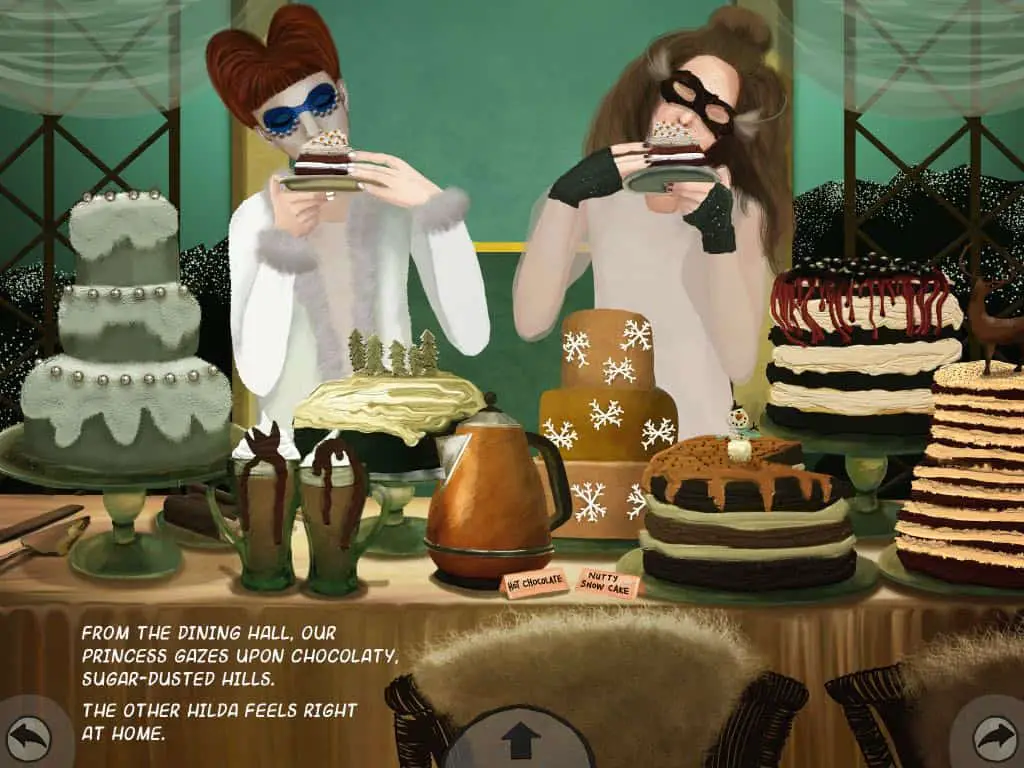
DOPPELGANGERS IN MIDDLE GRADE SERIES
The ghost writer of this Alfred Hitchcock novel from 1978 used the concept of the doppelgänger in a very camp way. Read accordingly.
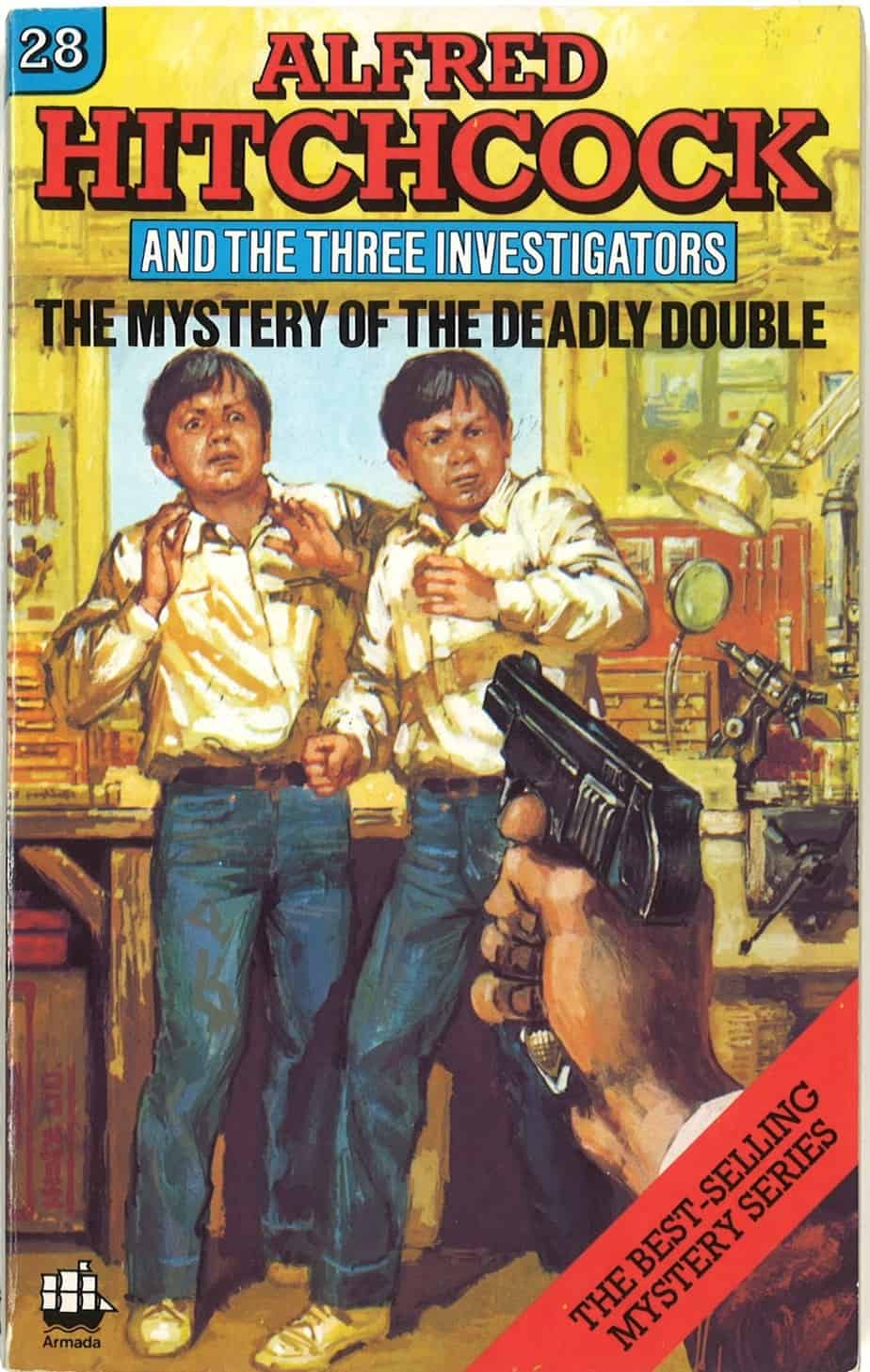
But we all have doppelgangers, if you expand the concept a little.
WHAT IS A DATA DOPPELGANGER?
If you’ve ever taken more than a brief glance at the ‘personalised’ advertising directed at you by companies such as Facebook, you may identify with the following:
Google thinks I’m interested in parenting, superhero movies, and shooter games. The data broker Acxiom thinks I like driving trucks. My data doppelgänger is made up of my browsing history, my status updates, my GPS locations, my responses to marketing mail, my credit card transactions, and my public records. Still, it constantly gets me wrong, often to hilarious effect. I take some comfort that the system doesn’t know me too well, yet it is unnerving when something is misdirected at me. Why do I take it so personally when personalization gets it wrong?
The Atlantic
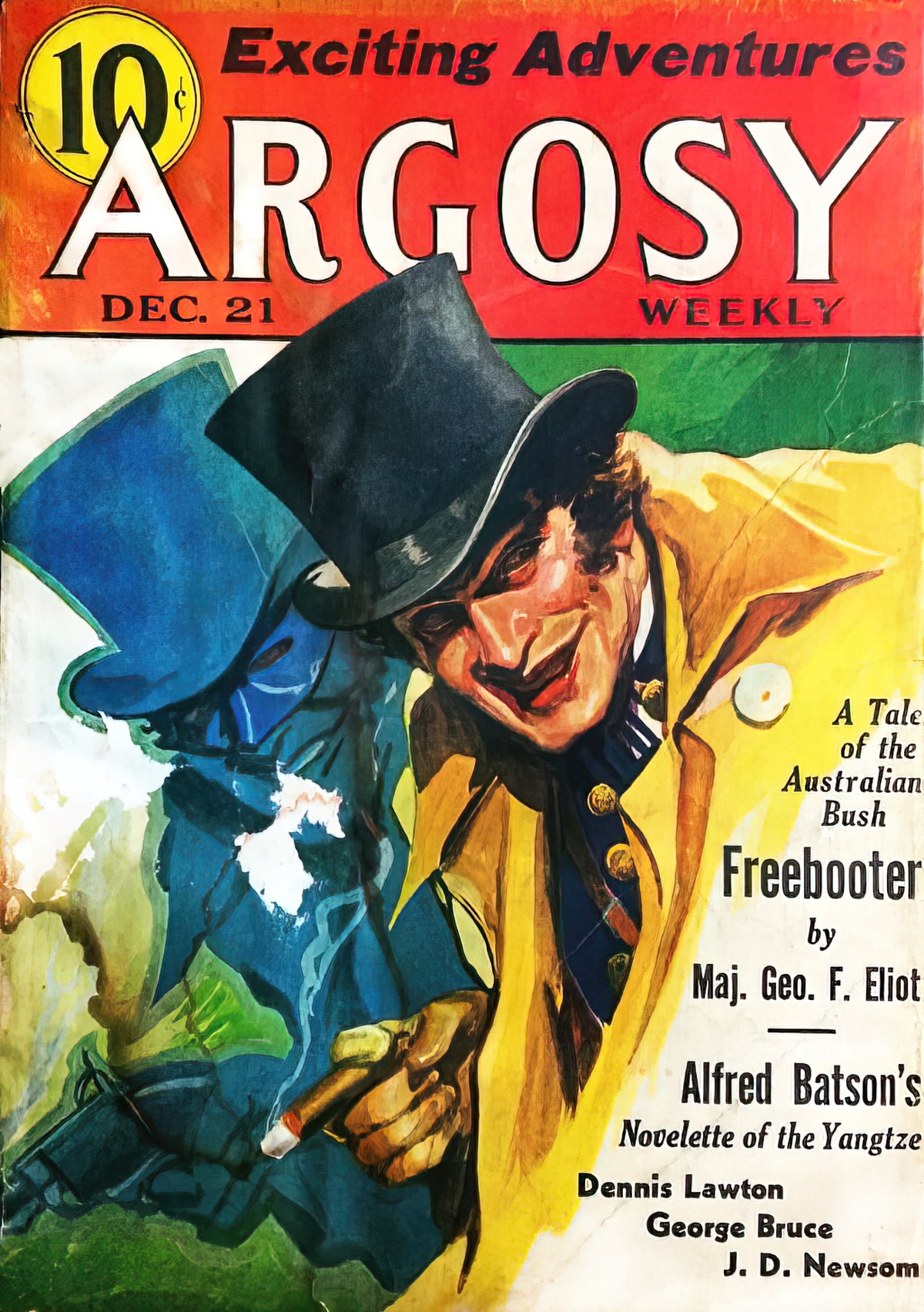
DOPPELGANGERS IN FILM
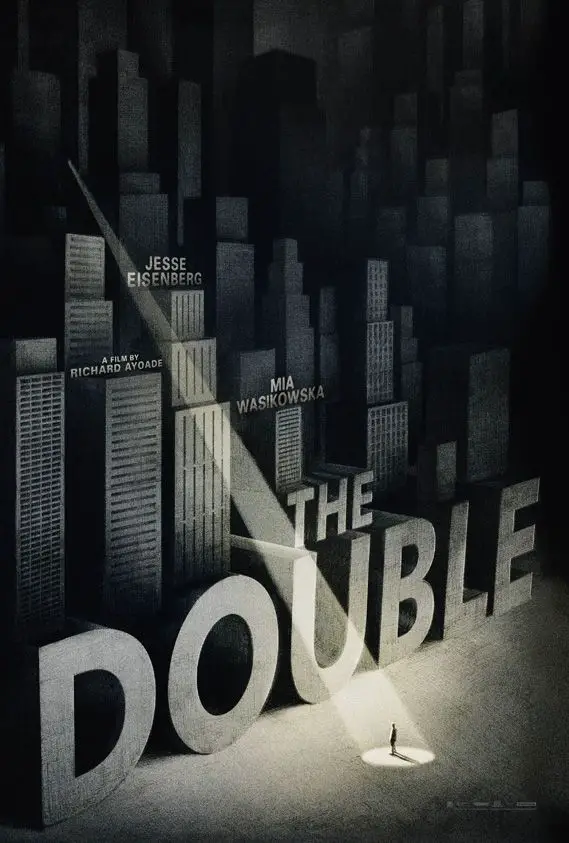
MORE
20 Films About Doubles And Doppelgangers. Can you guess the most famous one?
The double/doppelganger is a subcategory of the trickster archetype. (Click through for a mindmap of tricksters in storytelling.)
The clip below is from the pilot of detective murder mystery series, The Fall. Notice how the bevelled edge of the glass is used to create a parallax effect, rendering the police car and police officer double. The entire thread of The Fall is double — the audience in this particular mystery series is given both stories: That of the detective and that of the murderer, not only that, we are given the murderer’s family life as well as his twisted dark life. Doubles at every turn.
DIFFERENT SPINS ON THE DOPPELGANGER
Freaky Friday is a story which has been adapted numerous times for film. The Freaky Friday body swap is a different take on the doppelganger.
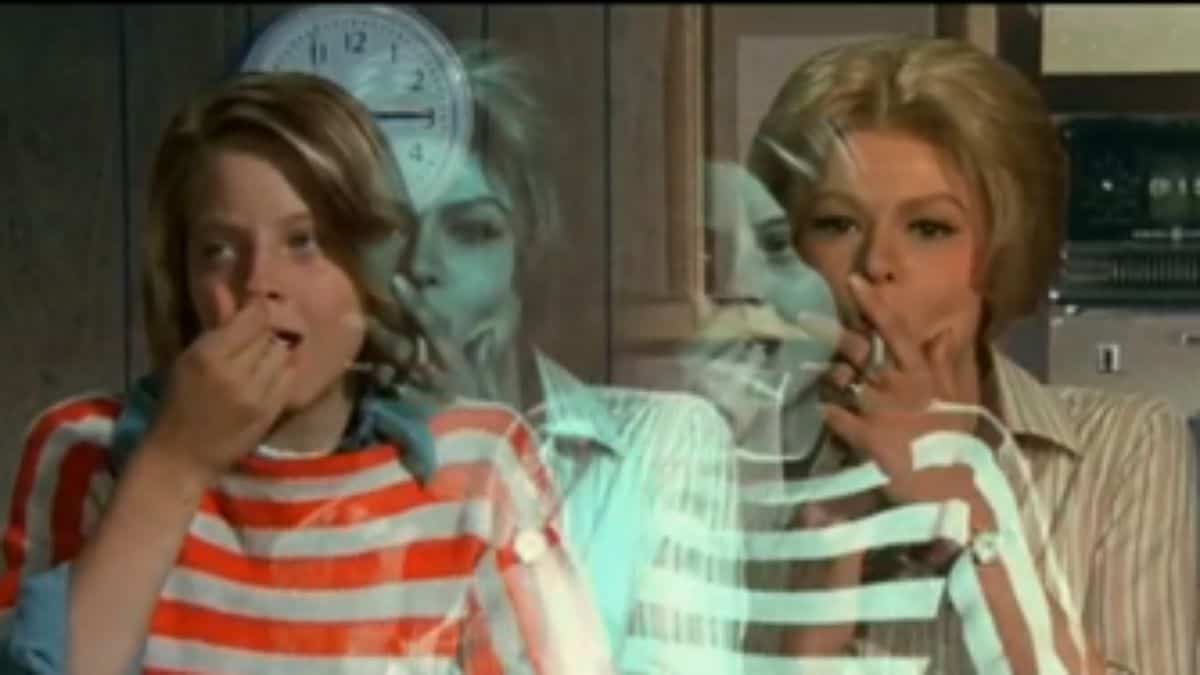
FURTHER READING
Parcast’s Tales podcast series did an episode on Changelings. (They have now moved over to Spotify.) These are ancient tales retold using contemporary English, complete with music and Foley effects. Some of these old tales are pretty hard to read, but the Tales podcast presents them in an easily digestible way. Their “Changelings” episode was published October 2020.
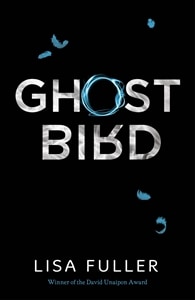
Remember daughter, the world is a lot bigger than anyone knows. There are things that science may never explain. Maybe some things that shouldn’t be explained.
Stacey and Laney are twins – mirror images of each other – and yet they’re as different as the sun and the moon. Stacey works hard at school, determined to get out of their small town. Laney skips school and sneaks out of the house to meet her boyfriend. But when Laney disappears one night, Stacey can’t believe she’s just run off without telling her.
As the days pass and Laney doesn’t return, Stacey starts dreaming of her twin. The dreams are dark and terrifying, difficult to understand and hard to shake, but at least they tell Stacey one key thing – Laney is alive. It’s hard for Stacey to know what’s real and what’s imagined and even harder to know who to trust. All she knows for sure is that Laney needs her help.
Stacey is the only one who can find her sister. Will she find her in time?
Goodreads List of Changelings and Doppelgangers
Goodreads List of Doppelgangers in general fiction
Goodreads List of Trading Places: YA
A political decoy is a person employed to impersonate a politician, to draw attention away from the real person or to take risks on that person’s behalf. The political decoy is an individual who has been selected because of strong physical resemblance to the person being impersonated.
Kagemusha is the ancient Japanese version of a political decoy, and also the name of a 1980 film.
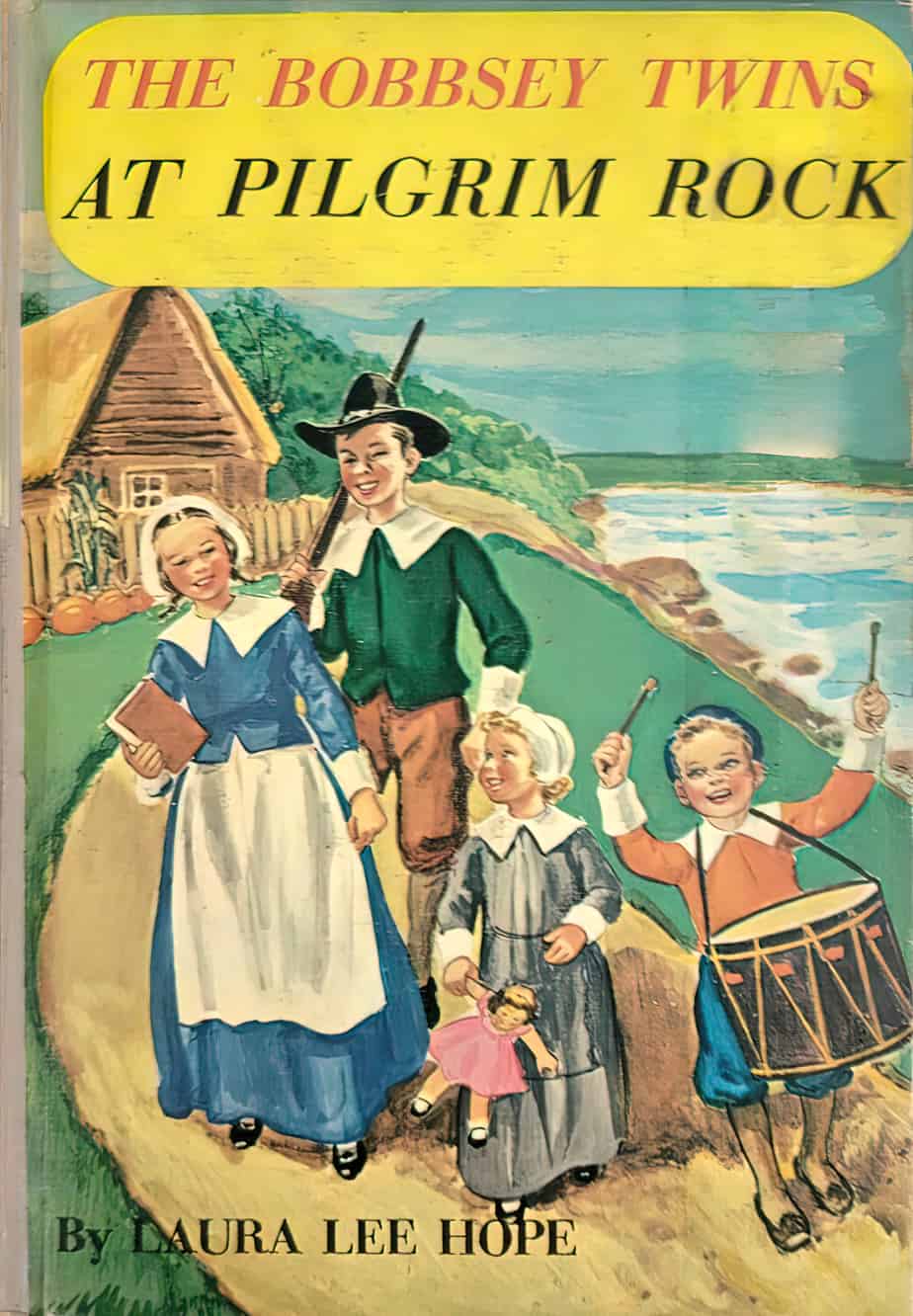
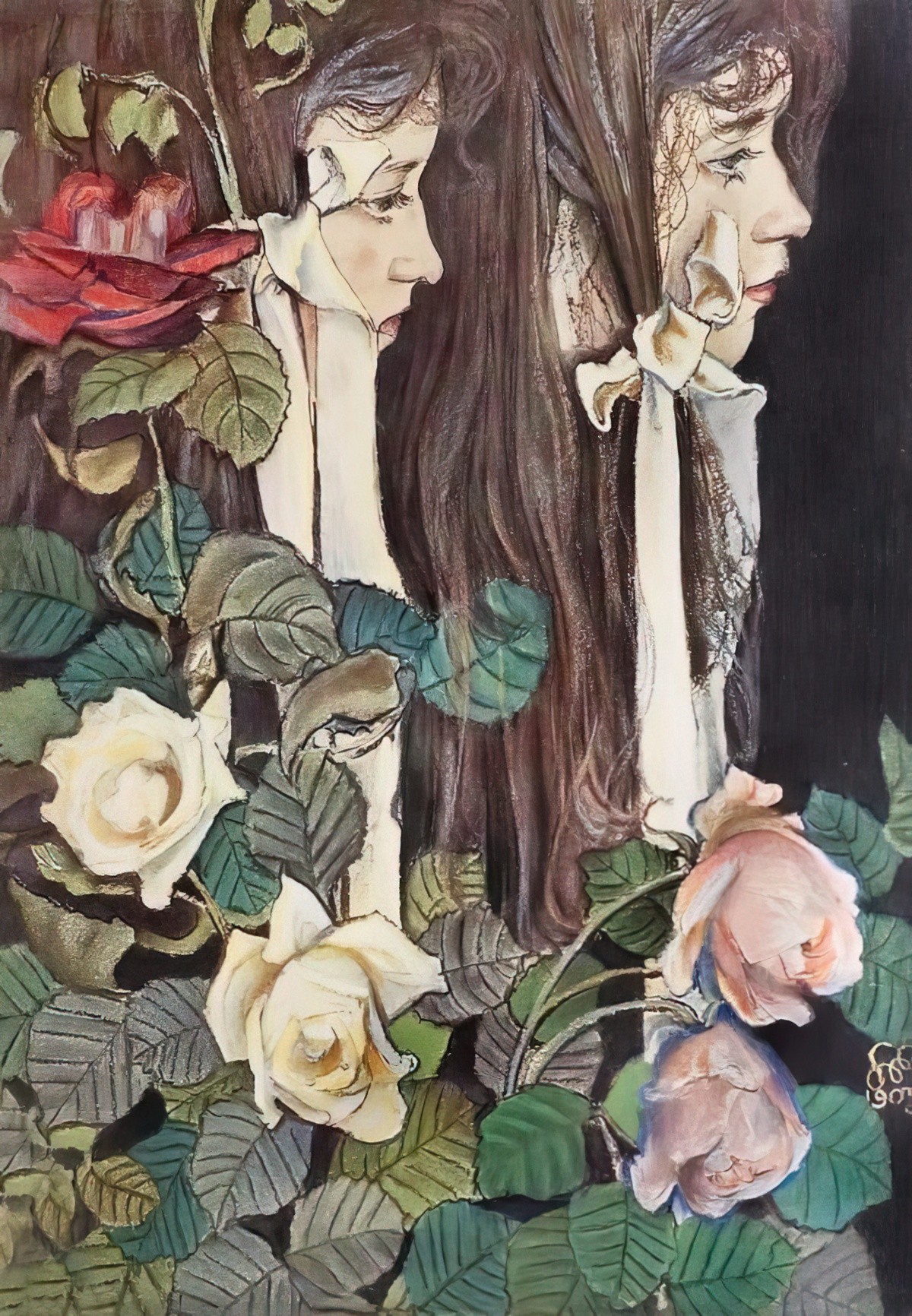
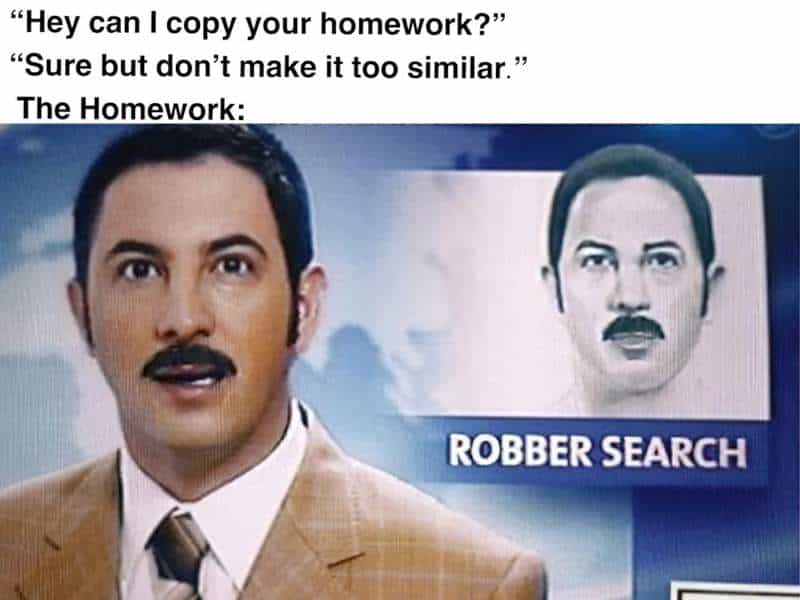
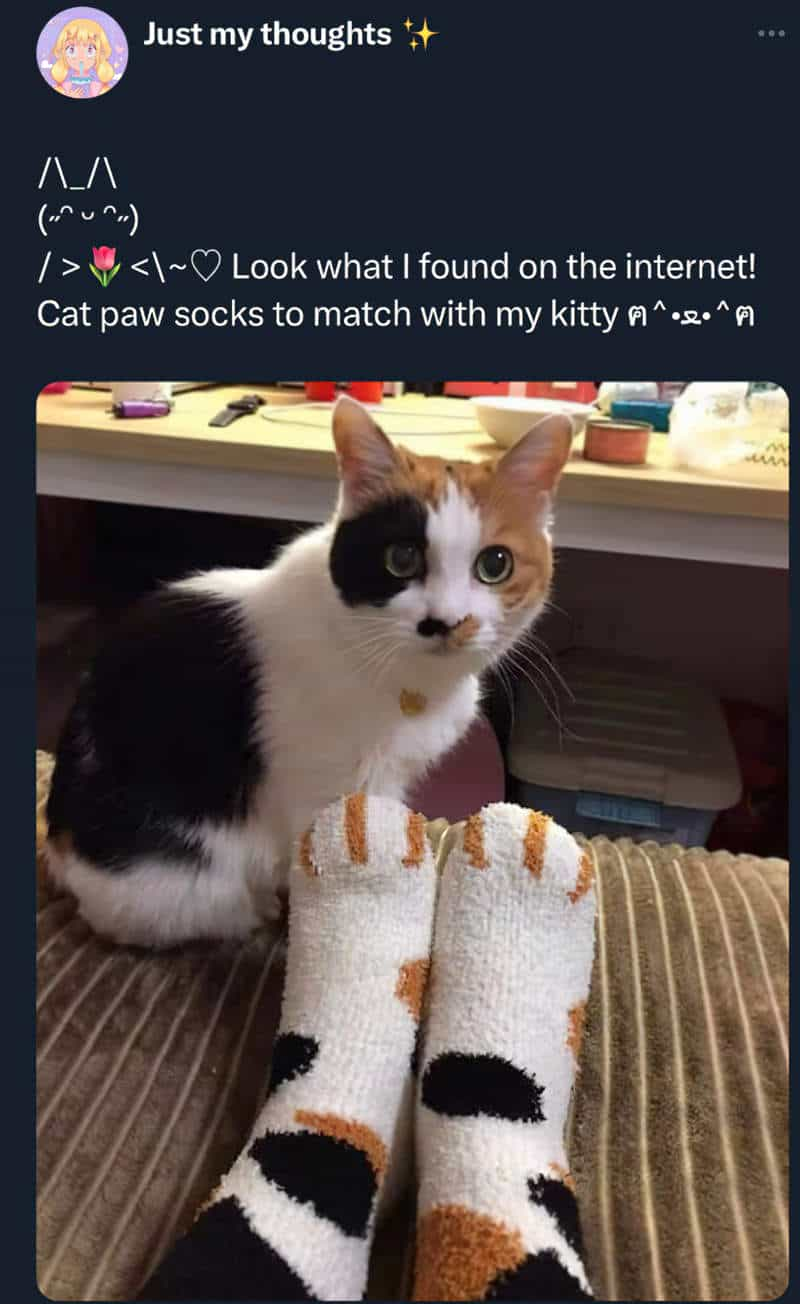
Header painting: Philip Wilson Steer Mrs Cyprian Williams and her Two Little Girls 1891
